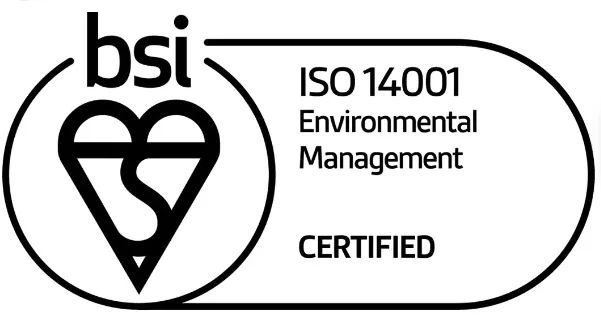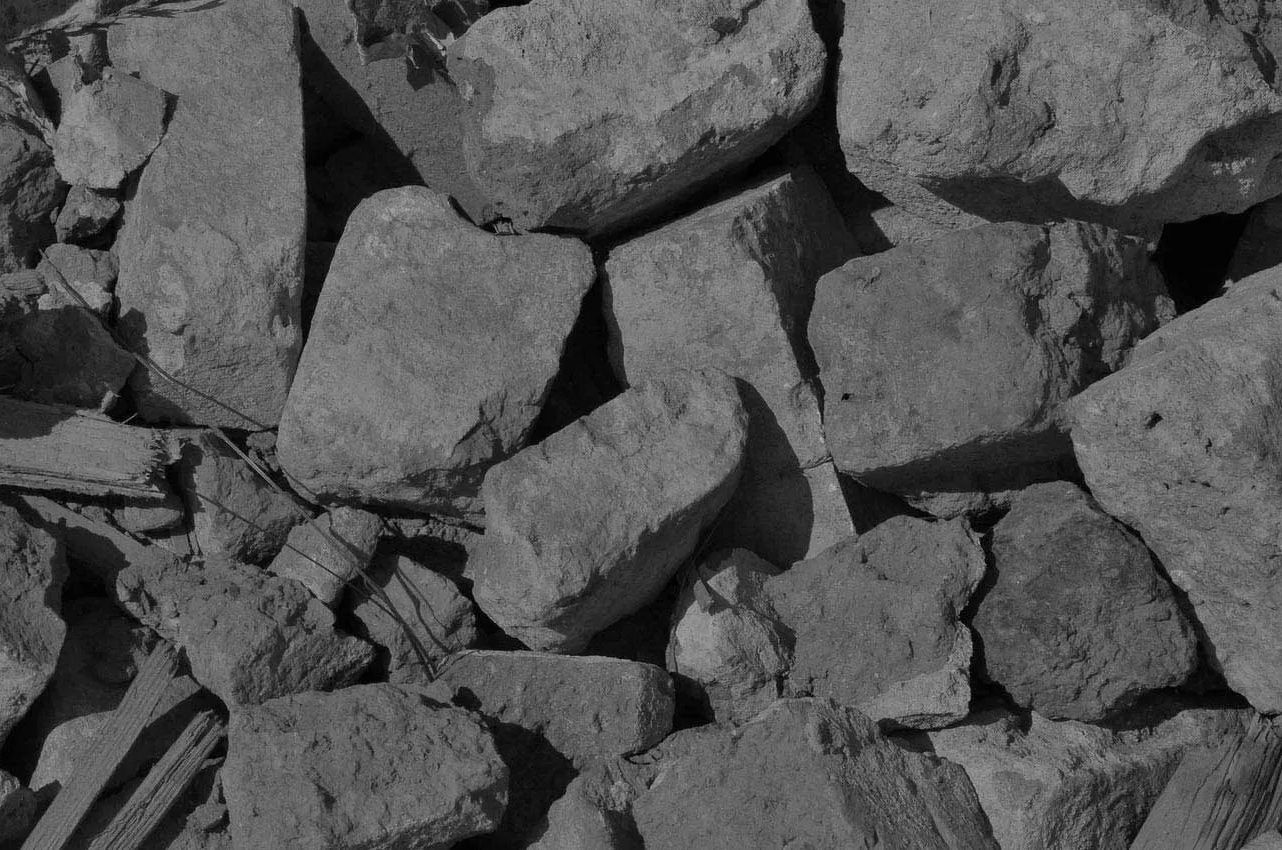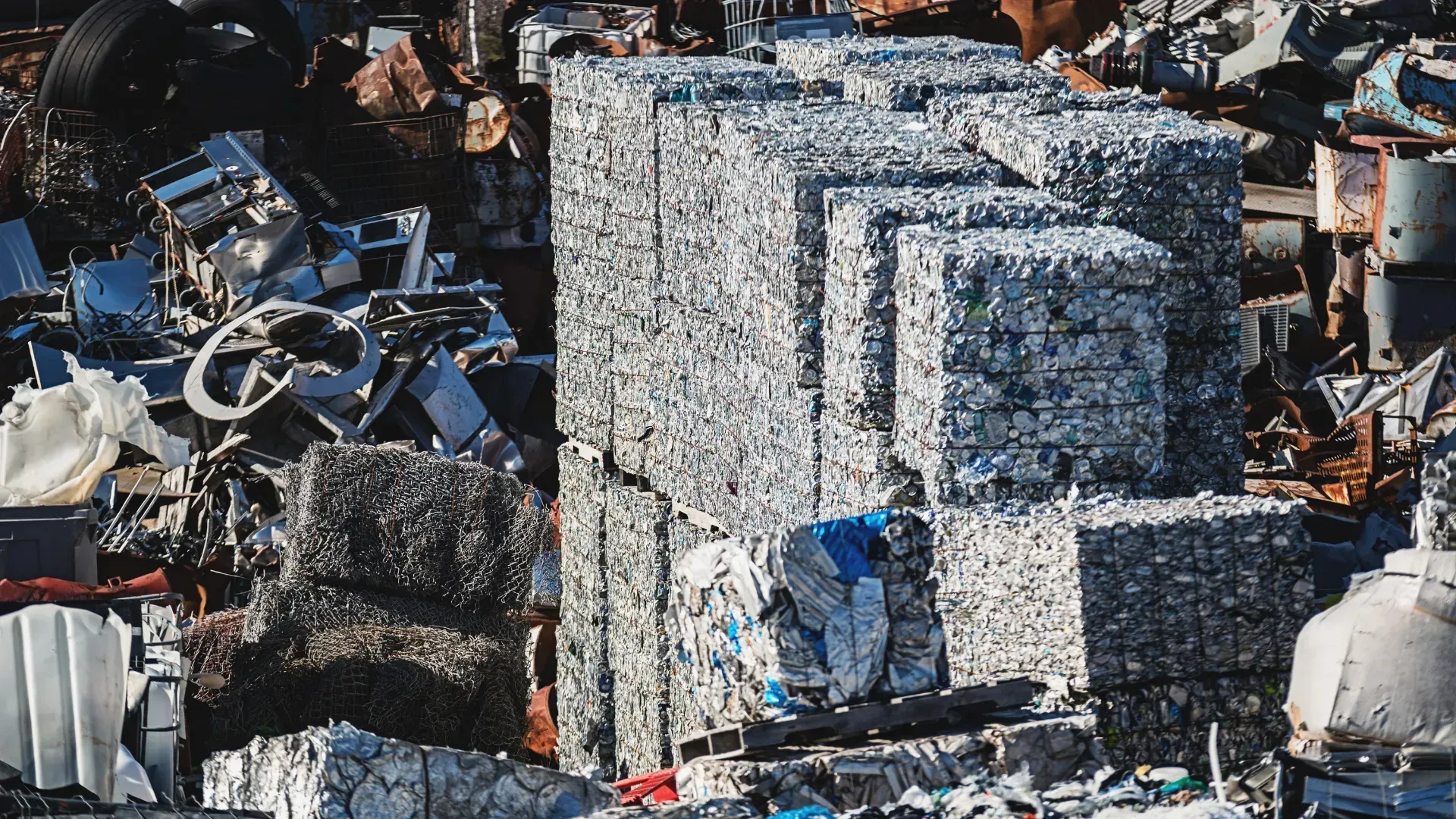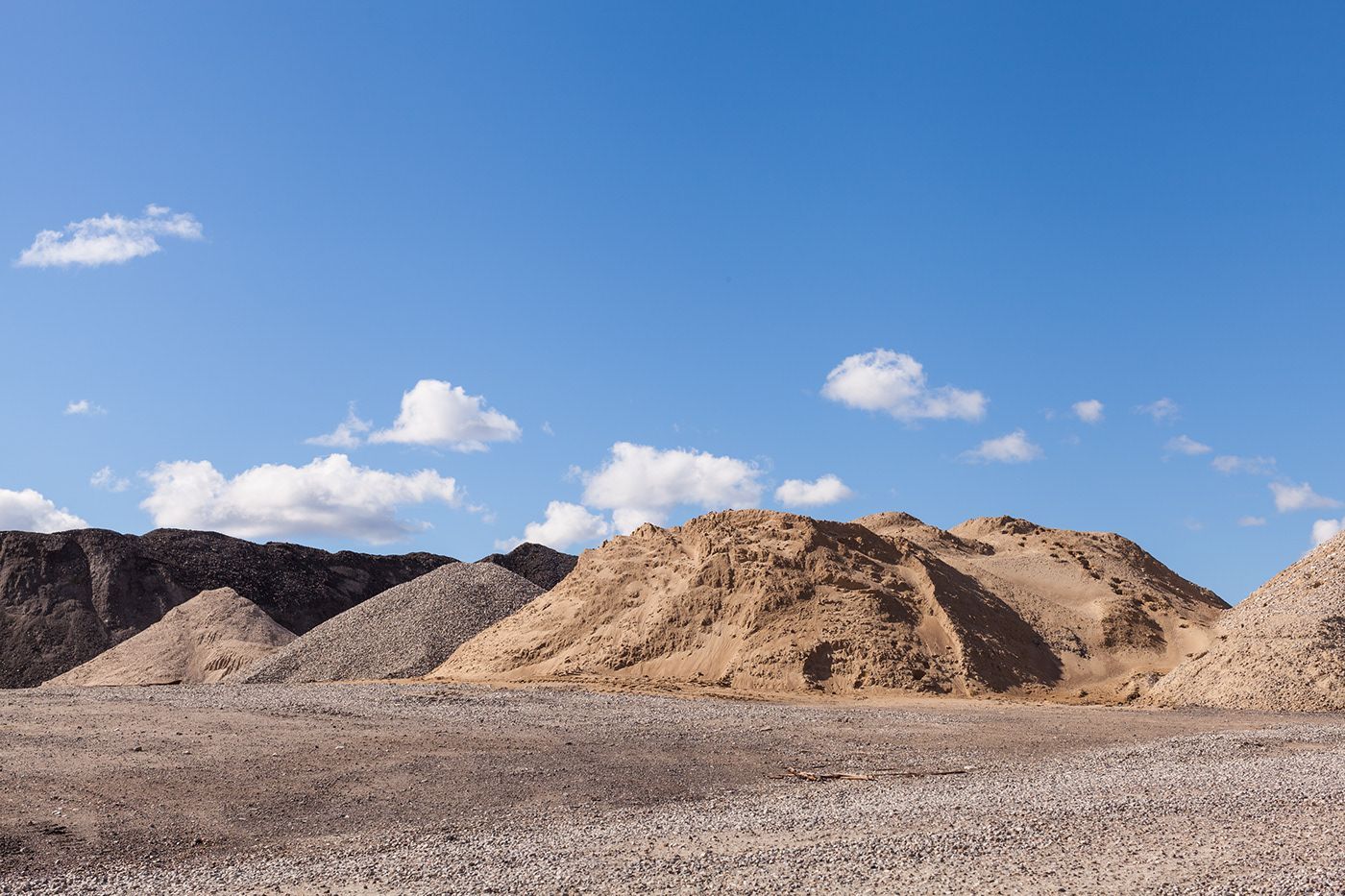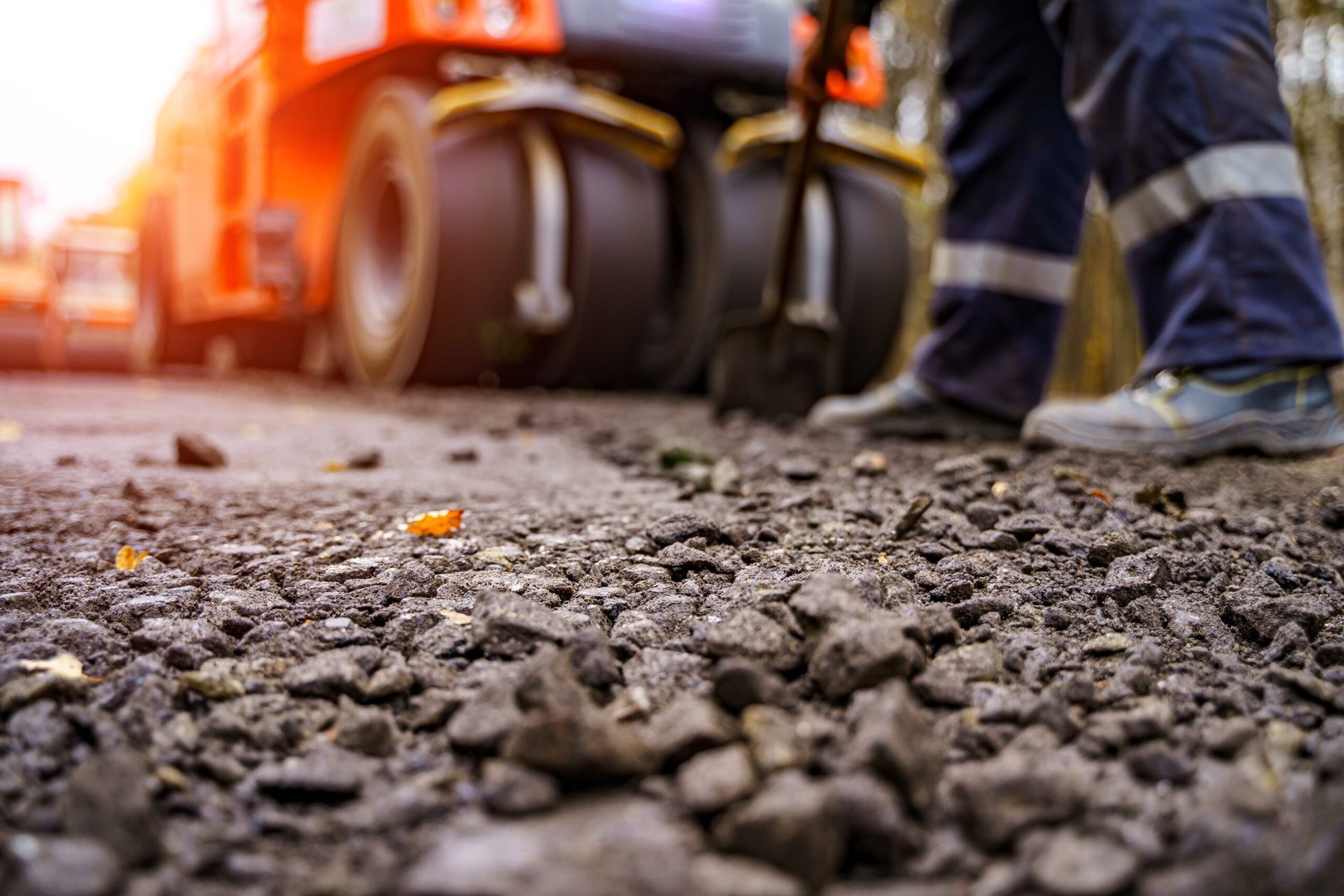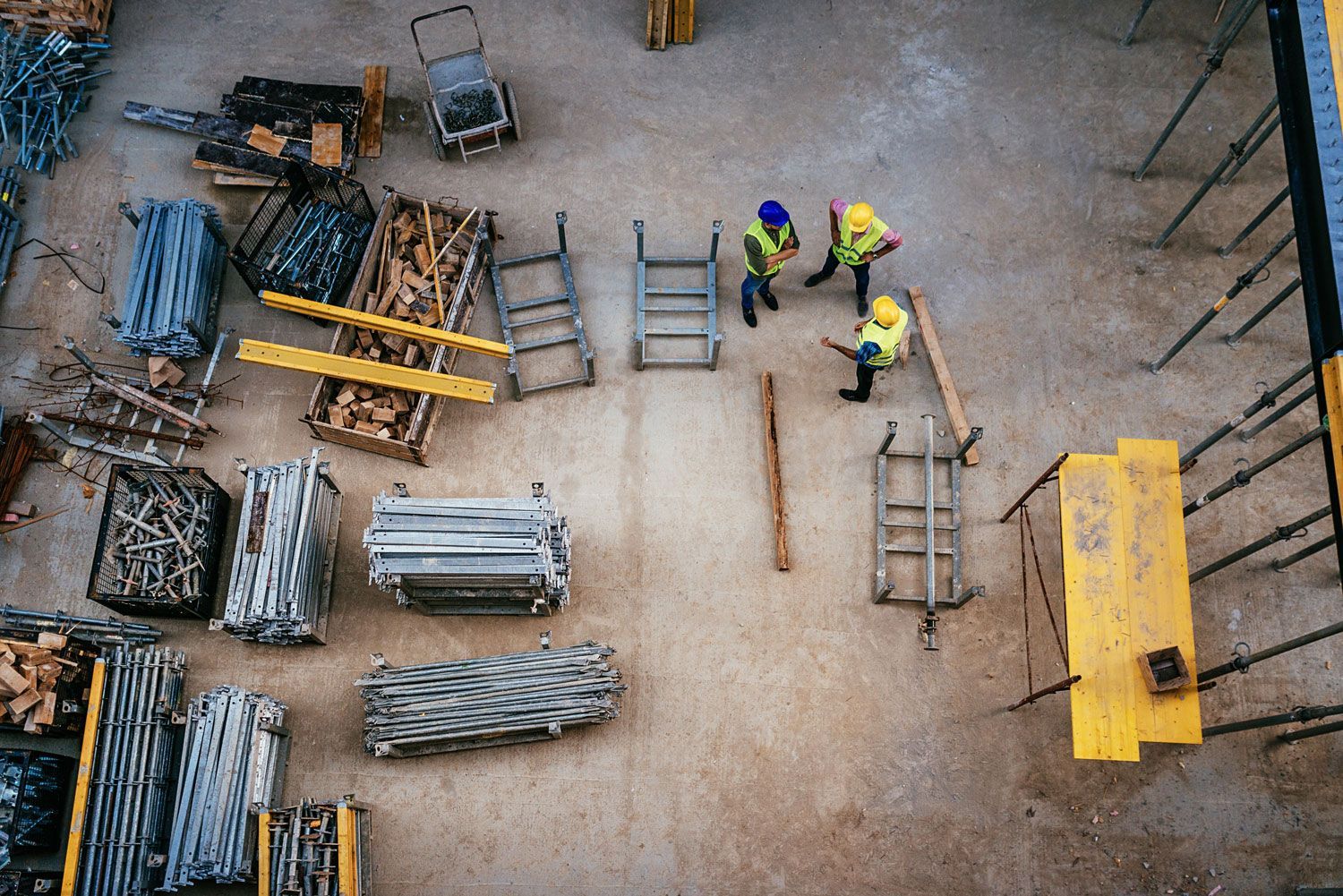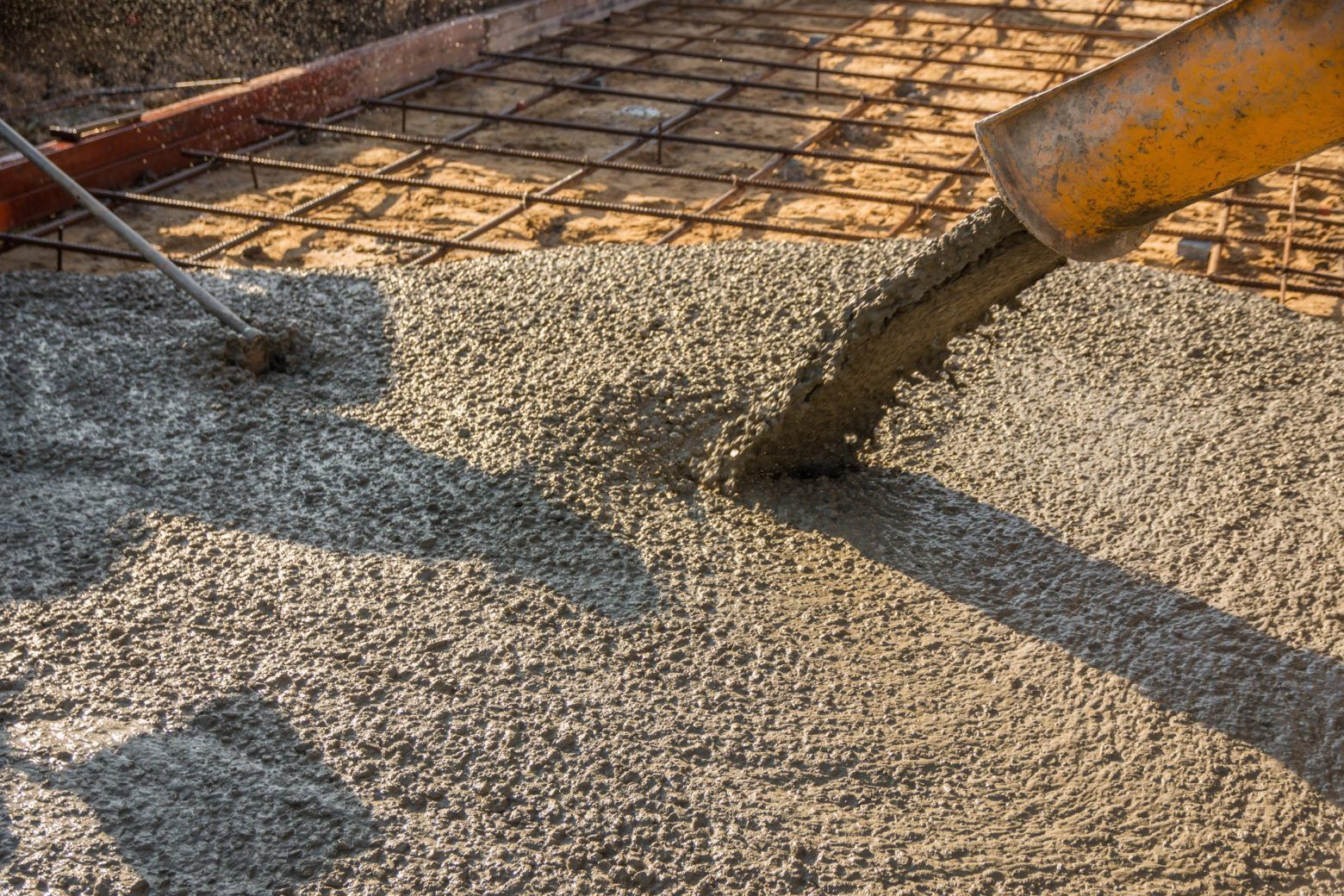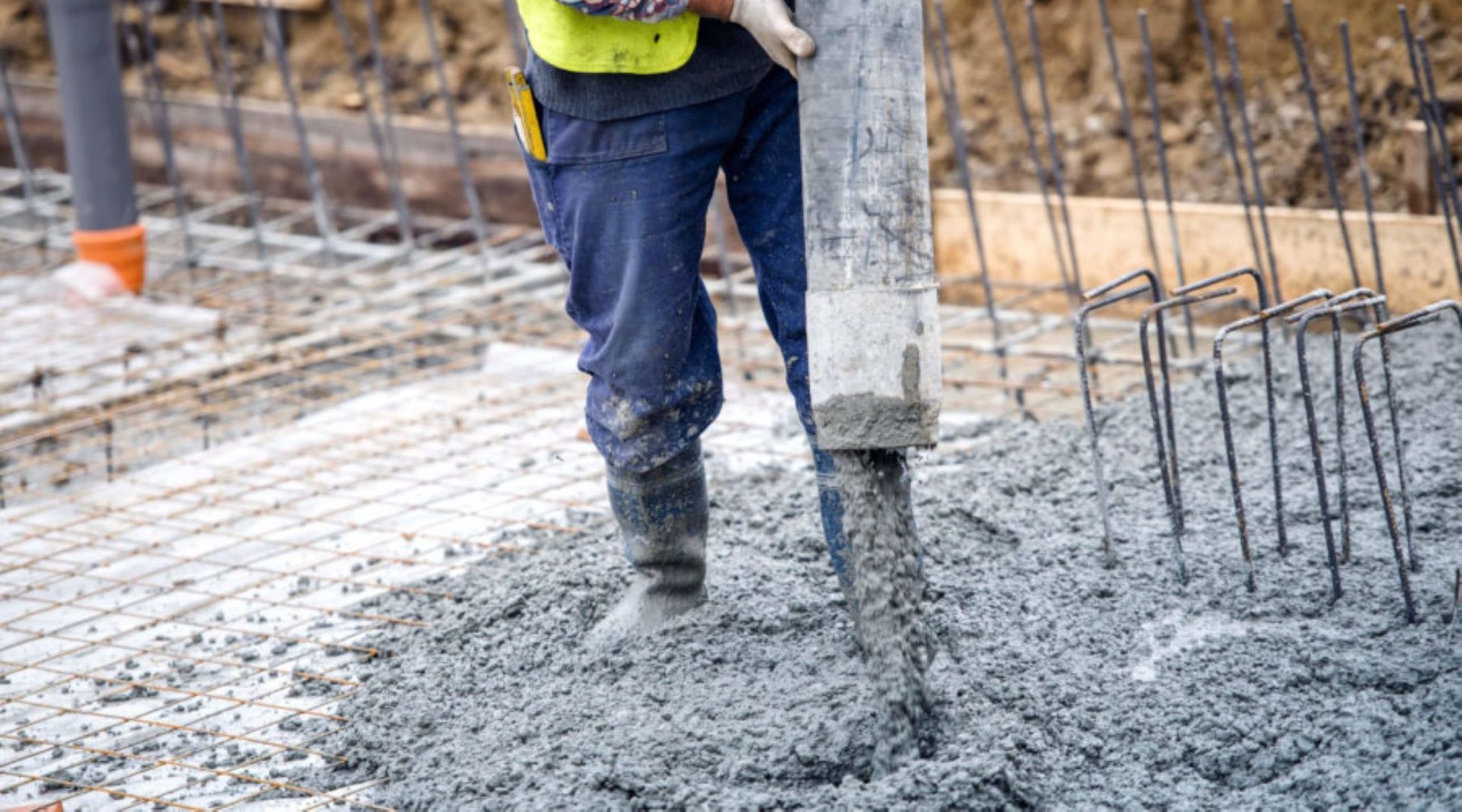Six Different Types of Aggregates and Their Many Uses
From sand to gravel, aggregates can be used for a variety of applications that range from construction to landscaping. Read on to learn more about the different types of aggregates and their many uses.
Sand
Sand is the most widely used aggregate in the world, and it’s not hard to see why. Composed of silicon dioxide in the form of quartz, it is a versatile material suitable for a wide range of purposes. Here’s just a few ways in which sand can be used:
● Filling trenches
● Excavations
● A base for roads
● Making glass
● Brick manufacturing
● Concrete production
● Landscaping
● Water filtration
Crushed stone
Crushed stone is a mixture of stone and stone dust that has been crushed into smaller pieces. This graded material is ideal for road surfacing and building foundations, in addition to the production concrete, plaster, concrete and mortar. Common examples include:
● Sandstone
● Limestone
● Granite
● Basalt
● Slate
Gravel
Gravel is a loose rock, containing individual stone particles that exceed 2mm in size. It is usually made from larger pieces of crushed or broken stone that are usually angular in shape. Gravel is commonly used in driveways, paths and walkways and is characterised by the crunching sound it makes beneath your feet. In addition to this, gravel is also useful for drainage, erosion control and landscaping purposes.
Crushed concrete
Mostly made from recycled materials, crushed concrete aggregates are typically retrieved from demolished construction sites and projects. Crushed concrete can be used for backfills and as a granular sub-base for areas that are deeper than 150mm. This type of aggregate offers many benefits:
● Increased protection from seepage
● Reduced costs as it does not need to be mined
● Reduced environmental impact
● Helps preserve natural resources such as gravel, water, oil and coal
● Reduced spillage waste in landfills
Tailings
Tailings can be found from large, man-made excavation projects, such as mines and quarries. Often containing chemicals and minerals from the mining process, they are typically composed of sand, gravel, cobble and clay. Tailings can be useful in multiple applications, including:
● Construction projects
● Landscaping
● Building roads
● Avalanche control
● Embankments and dams
Fill
While fill is the smallest size of aggregate, it has many different uses. Fill comes in several different types, from sandy or clay-like materials to large rocks and boulders. Common applications include:
● Ground-level construction and building
● Landscaping
● Airport runways
● Erosion control
● Drainage
Recycled aggregates are a reliable choice to complete projects to a high standard while also being environmentally friendly. William Thompson and Son combines traditional values with the latest technological advancements, meaning we are able to provide recycled concrete, asphalt and other building aggregates to our customers. To find out more about aggregates in Glasgow, please
contact us today.

